
Nastasia Klen: Meet a pioneering Ukrainian service designer
In this interview, Touchpoint Editor-in-Chief Jesse Grimes learns about how Nastasia Klen has focussed a broad range of efforts towards better-establishing service design in Ukraine.

Browse all Touchpoint Articles

In this interview, Touchpoint Editor-in-Chief Jesse Grimes learns about how Nastasia Klen has focussed a broad range of efforts towards better-establishing service design in Ukraine.

What Museums Can Learn from the Swiss Events Industry As museums adapt to a digital age, optimising visitor touchpoints enhances accessibility, engagement and loyalty. Drawing on Swiss events industry practices, this article highlights strategies such as digital on-boarding, interactive in-visit tools and post-visit feedback, advocating for a holistic, lifecycle-oriented approach to inclusive museum experience design.
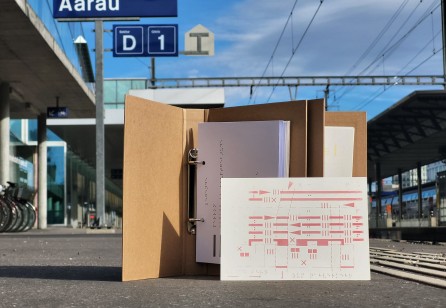
Inclusive design in complex systems is not a question of features, but of power, priorities and perspective. Using the Swiss public transport system as a case, this article explores how exclusion emerges by design and why real inclusion depends on co-design, persistence and the ability to challenge assumptions from within.
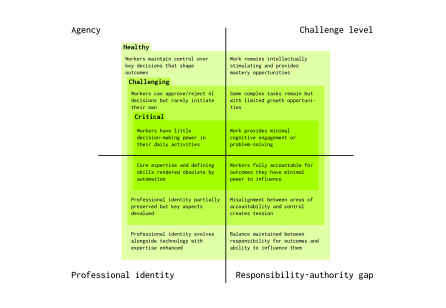
Preserving dignity through equitable design “We have to do something with AI.” This refrain echoes in boardrooms worldwide, yet when implementing workplace initiatives powered by AI, organisations tend to focus on traditional drivers of decision-making such as efficiency and customer satisfaction. But is this enough, or should we aim for something fundamentally different?
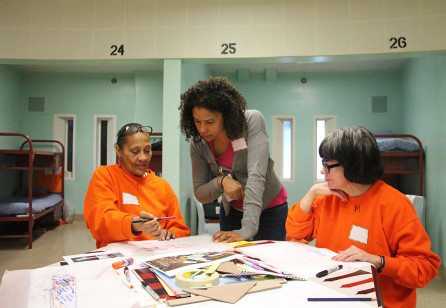
Design for equity is under attack. Political winds are shifting, especially as the presidential administration in the U.S. openly targets diversity, equity and inclusion (DEI) efforts. What are we, service designers still committed to equity, to do? I propose that we ground deeper into our commitments to DEI by first, perhaps counterintuitively, dispensing with DEI as our nominal charge and second seeking to develop a robust programme for restorative service design. I offer examples from my work on projects with government services in the U.S. to explore what restorative service design could look like.
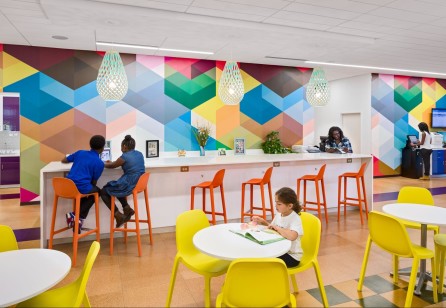
In partnership with Harmonic Design, Richland Library has embraced service design as a cultural practice—reshaping how public services are imagined and delivered. At Richland, equity and accessibility go hand-in-hand. From tactile print studios to low-barrier literacy programs, the work is grounded in equity—and made real through service design.
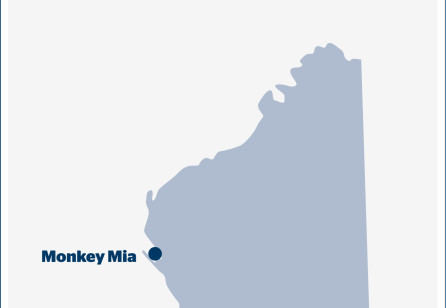
The RAC CoLAB collaborated with families of neurodivergent children to co-design a visual story for the Monkey Mia Dolphin Resort. This article shares our design process, the principles that guide us and insights and learnings gained through taking an equity-first approach.
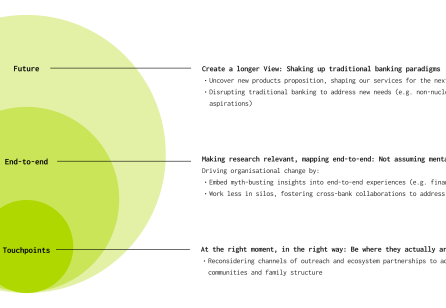
This article illustrates the opportunities the design team at DBS Bank in Singapore uncovered for the future of banking in the context of Singapore's rapidly aging population. Our research moves beyond traditional accessibility to address emerging needs around financial security, evolving family structures and cognitive function in our increasingly digital world.
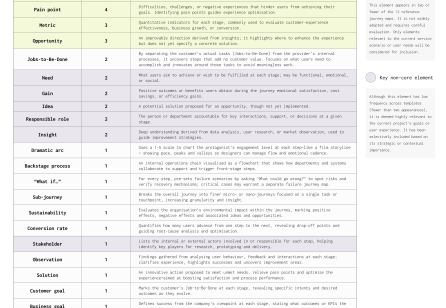
This paper introduces the ‘Atom method’, a first-principles approach to redesigning service design tools. It takes existing tools apart to see what each part does, then rebuilds them with intent — prioritising purpose over form to better fit real-world contexts and user needs.
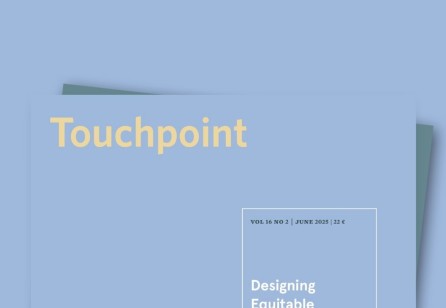
To distinguish design discourse that preserves the status quo from that which is truly transformative, design educators have the ability to steer students and practitioners towards adopting radical service design – an authentically equitable and critical approach to their research and practice.

From disciplinary involvement to transformative engagement and participation Co-design is widely seen as a moral imperative in service design, assumed to ensure inclusion, agency and systemic equity. Yet Barcelona’s celebrated participatory budgeting initiative shows how unequal allocations of social worth can be (re)generated not only through exclusion, but also through inclusion and ‘participation’ – calling for a critical rethinking of ‘co-design’.
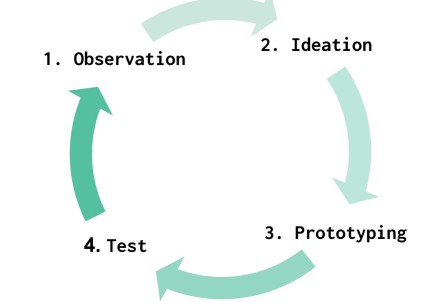
New methods and tools for transdisciplinary service design The Innovation Booster Technology and Special Needs programme supported by the Swiss government promoted open innovation for social inclusion of people with disabilities (PWD). Functioning as a social incubator, the programme has implemented a transdisciplinary approach to foster participation and decision power of PWD through new methods and tools for service design.
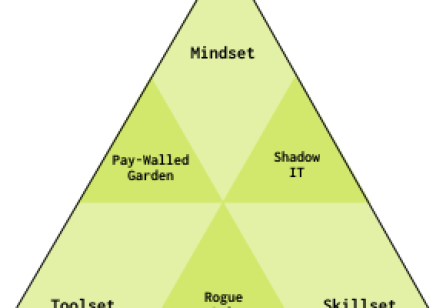
Countering AI-driven harm Service designers orchestrate people, processes and props to enhance interactions between service providers and customers, creating value on both sides of the exchange. A significant part of service design is job design – shaping how people work and defining their agency and responsibility across front-stage, back-stage and support processes that are essential for successful customer journeys.

Services help people achieve their goals, but true equity ensures people have the capability to use them. Drawing from Amartya Sen’s ‘capability approach’, this article explores how designing for equity goes beyond access. It requires understanding the personal and systemic barriers that shape people’s ability to act on opportunities. Examples from partnerships with Food Banks in the Feeding America network show how this approach can be put into practice.

The design process is inherently riddled with power dynamics, and designers don’t often realise they have power and a part to play in negotiating between end users’ needs and business goals. By employing mediation techniques, we can build trust and create a more equitable design process.
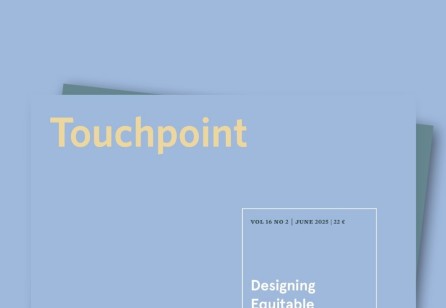
Achieving equitable stakeholder engagement in complex regulatory contexts, such as the EU sustainability regulatory landscape, remains challenging due to persistent power imbalances, inaccessible legal communication and institutional resistance. This article explores how academics and practitioners can proactively address resistance to inclusive and equitable design practices by including legal approaches.
